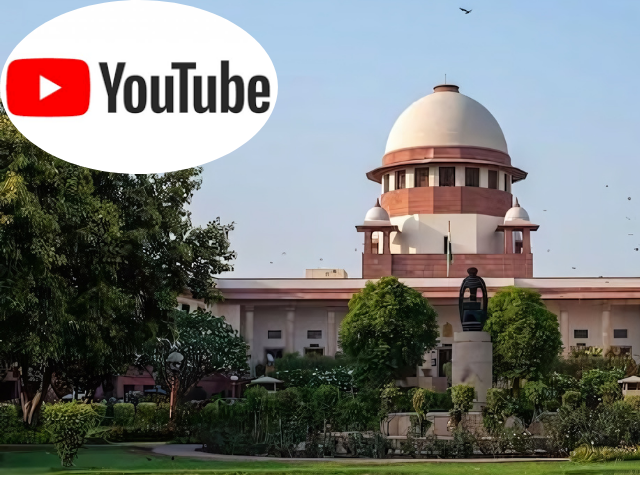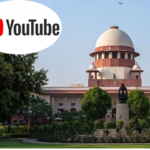In a surprising turn of events, the official YouTube channel of the Supreme Court of India was recently compromised, with hackers exploiting the platform to promote XRP, one of the world’s leading cryptocurrencies. The incident has sent shockwaves through both the legal and cryptocurrency communities, highlighting the growing intersection of cybersecurity threats and digital assets.
The Incident: Supreme Court’s YouTube Channel Hacked
The breach was discovered when viewers of the Supreme Court’s official YouTube channel noticed unusual content promoting XRP, the cryptocurrency associated with Ripple Labs. Instead of the usual judicial proceedings and legal updates, the channel displayed promotional videos urging viewers to invest in XRP. This unauthorized content quickly drew attention on social media platforms, sparking concerns about the security of even the highest judicial institutions in India.
Authorities swiftly took action to regain control of the YouTube channel, but the incident has raised important questions about the increasing use of crypto assets in cyberattacks and the vulnerabilities that public institutions face.
What Is XRP and Why Is It Targeted?
XRP is a well-known cryptocurrency that has seen widespread adoption for cross-border payments and remittances. However, it has also been at the center of various controversies, including an ongoing legal battle between Ripple Labs and the U.S. Securities and Exchange Commission (SEC). Despite this, XRP remains one of the top cryptocurrencies by market capitalization, making it an attractive target for both legitimate investors and bad actors looking to exploit its popularity.
The hackers’ decision to promote XRP on such a prominent platform suggests they may have been attempting to capitalize on its visibility, aiming to attract unsuspecting viewers to invest in or engage with the cryptocurrency under false pretenses.
Growing Trend of Crypto-Related Hacks
This latest incident involving the Supreme Court of India is part of a broader trend of cyberattacks where cryptocurrency promotion has become a common theme. High-profile YouTube channel hacks, Twitter breaches, and even email phishing scams have increasingly been used to promote cryptocurrencies like Bitcoin, Ethereum, and now XRP.
The targeting of such a prestigious institution underscores the importance of robust cybersecurity measures, particularly as cryptocurrencies gain mainstream recognition. It also serves as a reminder of how public platforms can be exploited to manipulate users, especially in the fast-evolving crypto space.
The Legal and Cybersecurity Implications
As the Supreme Court of India navigates this breach, it is likely that heightened measures will be put in place to prevent future attacks. Legal action against the perpetrators is expected, but this incident also opens the door for wider discussions on the regulation of digital platforms and the role of cryptocurrencies in cybercrime.
This hacking incident places a spotlight on the need for stronger international cooperation when it comes to cyber threats, particularly in the context of cryptocurrency. The regulatory landscape surrounding crypto assets is still in flux, and incidents like these are likely to push for more stringent oversight.
Conclusion: A Wake-Up Call for Institutions
The hacking of the Supreme Court of India’s YouTube channel to promote XRP has highlighted the evolving nature of cyber threats and the growing intersection between cryptocurrency and cybercrime. While the channel was restored and the unauthorized content removed, the incident raises important questions about the security protocols in place for high-profile institutions and the risks that come with the rise of digital currencies.
For investors and crypto enthusiasts, this event serves as a cautionary tale, reminding everyone to stay vigilant and verify the legitimacy of any crypto-related content they come across—especially when it appears on unlikely platforms.
QUEEN WHALE
Views: 0




